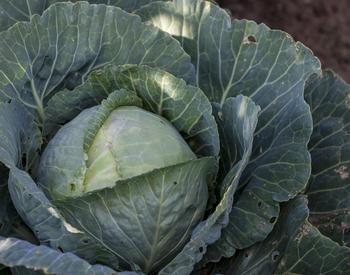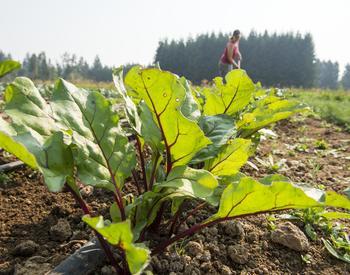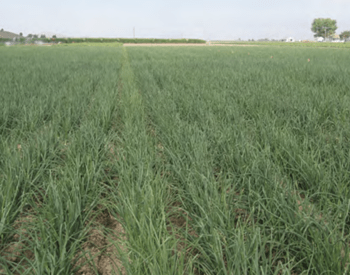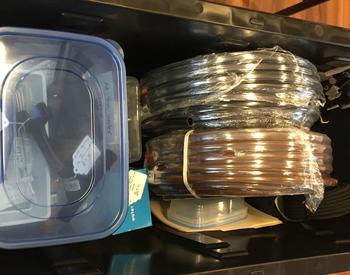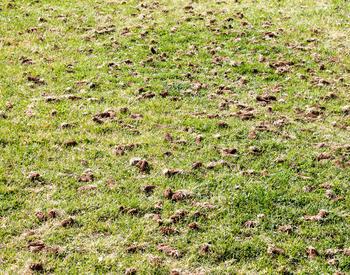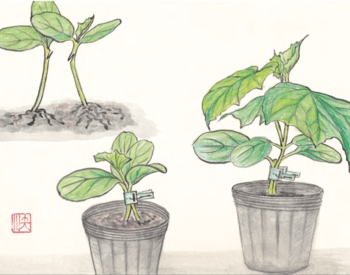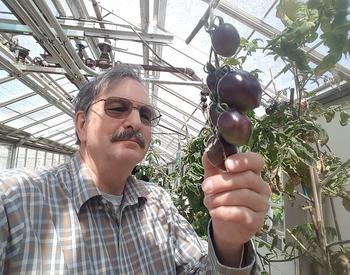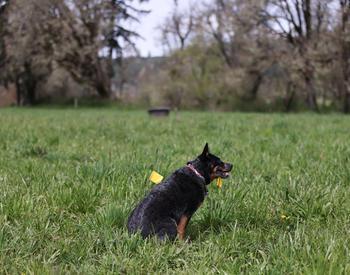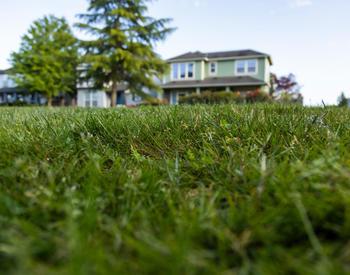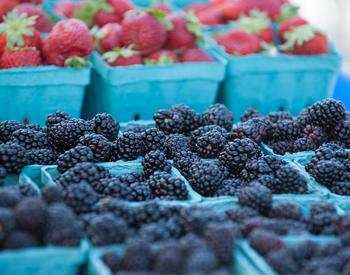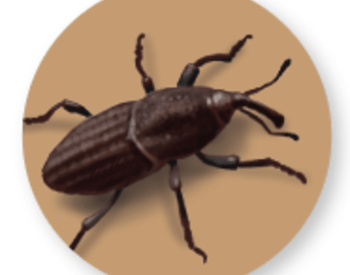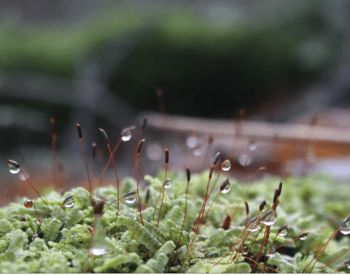CORVALLIS, Ore. – On a late July day 50 years ago, a helicopter took off from Oregon State University on its inaugural run at inspecting the state’s seed crops from the air for OSU’s Seed Certification Service.
From 20 feet above ground, two inspectors spent three hours examining 8,000 acres for the OSU Extension Service certification program. Today, Andy Altishin, seed certification program manager, and his team fly about 130 hours over a three-week period to cover more than 190,000 acres of grass and clover fields.
“We do it with six people in three weeks,” Altishin said. “To do it by vehicle would take 30 full time employees and that doesn’t include investment in transportation. What would take an hour on the ground, takes five minutes.”
As part of the certification process, the 105-year-old OSU Seed Lab provides official analysis on about 100 different crops to determine a number of characteristics, including purity, germination and moisture content, according to Daniel Curry, director of Seed Services and supervisor of the Corvallis Farm Unit.
“We certify varieties to ensure that they are true to type,” Curry said. “Think of it like organic certification. They certify that it’s met all the criteria to be organic. We certify a variety so that whatever it says on the bag is what is coming from the seed grower.”
To be considered for certification, a grower applies for certification services and pays a fee, which keeps the program up and running, Altishin said, who noted that the program is a third-party, independent service.
There are many reasons for getting seed-certified, but the bottom line is proving quality to the customer.
“A golf course needs a slow-growing grass variety so they don’t have to spend money to mow as often and it will survive under heavy use,” Altishin said. “When mowing plants at a 10th of an inch, it matters greatly what seed you plant.
“I have a small cattle farm,” Altishin continued. “I want to make sure I don’t buy any turf-type tall fescue, or I might only get half a ton of hay an acre versus 4 tons of forage-type tall fescue. I also want to make sure I am not introducing problematic weeds into my ground. Growers can spend many years and lots of money cleaning up problems introduced by buying poor-quality seed.”
Better vantage point
Established in 1916, the OSU Certification Service has grown to become the second largest in the country, certifying crops worth nearly $330 million every year, mostly grass seed, Curry said. Known as the Grass Seed Capital of the World, the Willamette Valley churns out 600 million pounds of grass seed annually, much of it exported out of state and around the world.
But grass seed isn’t the only focus. Grains like wheat and barley get evaluated, too, according to Altishin. Brewers need a pure barley harvest for their craft beer, for example, and many bread or cake makers require a consistent type of wheat and don’t want to find red wheat mixed with white wheat in their ingredients.
For a variety to be evaluated for certification, breeders provide a detailed description of the variety that includes production information, parentage and a long list of features like flower type, color and size of flowers and leaves and stem length, among other things.
Not only does the helicopter increase efficiency many times over, it also gives inspectors a better vantage point so they can clearly see things like plant growth and color, which could indicate off-type plants or some other problem, Curry said. Once on the ground, an inspector re-visits the site if necessary. After harvesting and cleaning, a representative sample of the finished seed lot is collected and submitted to the OSU Seed Lab, where it goes through additional evaluations. If it passes, each seed bag from that lot receives a certified tag that ensures it is as described on the label.
Weeds – the amount and species – can’t hide from an inspector in the sky. Seen from the helicopter when the crop is young, weeds are more obvious and can quickly be categorized as common or noxious. If there are too many, the grower can be notified about which portions need to be cleaned up or avoided at harvest or the field can be rejected.
Field evaluations and seed tests give the customer confidence that very little or no common weeds and no noxious weeds are in the seeds. Once the weeds are controlled, the grower can reapply for certification. Field evaluations and seed tests give confidence that the seed is of the highest quality.
“Before we started using a helicopter, a full-time inspector could only see a field once every five years,” Altishin said. “Now every field is inspected every year. It’s a huge savings for the seed industry due to the increased efficiency that the helicopter gives the inspectors. The end result is a better product for the consumer.”
